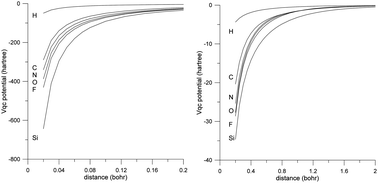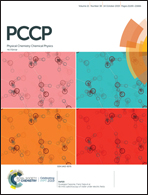Prediction of many-electron wavefunctions using atomic potentials: extended basis sets and molecular dissociation
Abstract
A one-electron Schrödinger equation based on special one-electron potentials for atoms is shown to exist that produces orbitals for an arbitrary molecule that are sufficiently accurate to be used without modification to construct single- and multi-determinant wavefunctions. The exact Hamiltonian is used to calculate the energy variationally and to generate configuration interaction expansions. Earlier work on equilibrium geometries is extended to larger basis sets and molecular dissociation. For a test set of molecules representing different bonding environments, a single set of invariant atomic potentials gives wavefunctions with energies that deviate from configuration interaction energies based on SCF orbitals by less than 0.04 eV per bond or valence electron pair. On a single diagonalization of the Fock matrix, the corresponding errors are reduced 0.01 eV. Atomization energies are also in good agreement with CI values based on canonical SCF orbitals. Configuration interaction applications to single bond dissociations of water and glycine, and multiple bond dissociations of ethylene and oxygen produce dissociation energy curves in close agreement with CI calculations based on canonical SCF orbitals for the entire range of internuclear distances.



 Please wait while we load your content...
Please wait while we load your content...